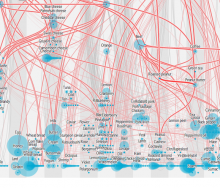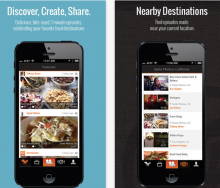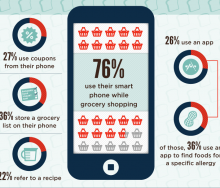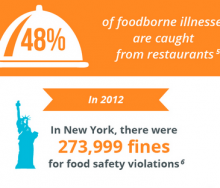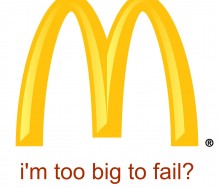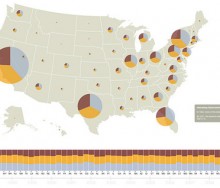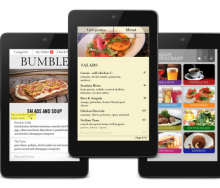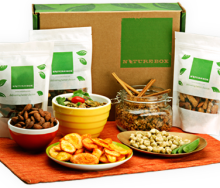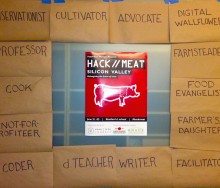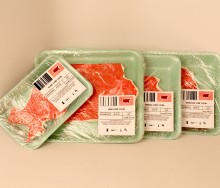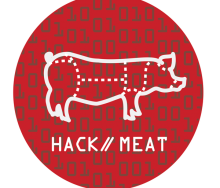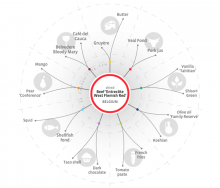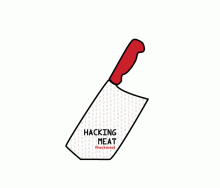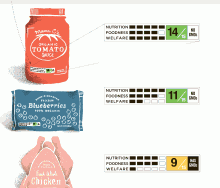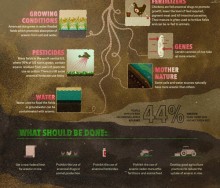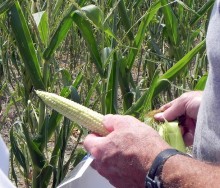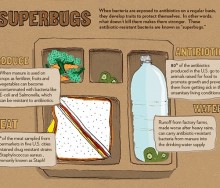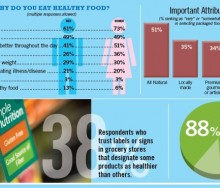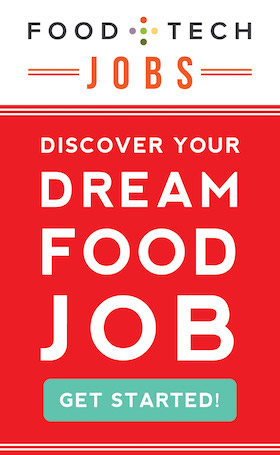Market Needs
Ever wonder why cooking chicken always seems less desirable than preparing a juicy steak or why wine and cheese are a match made in heaven? The answers to such food pairing queries[...]
Tastemade, a food video startup, just raised $10 million to become the Food Network of the digital age.[...]
Infographic illustrates the technology solutions and apps food allergy sufferers use to for food shopping and meal planning. [...]
Raise your hand if you’ve had food poisoning. I write this with my hand held high. Foodborne illness is a major issue in the United States. About 1/6 (48 million) of American[...]
Dan Carberry, Director- Concept & Product Development at Panera Bread applies the "too-big-to-fail" theory to restaurant chains.[...]
In the United States 35 percent of adults and 17 percent of children are obese. Medical costs related to obesity reached 147 billion in 2008 alone. And obesity-related conditions i[...]
If you are passionate about fixing our food system, you have probably already heard of the cover story in this month’s The Atlantic magazine, “How Junk Food Can End Obesity.” Autho[...]
The influx of recipe websites and the army of food blogs has generated a plethora of data about personal preferences, cooking methods, ingredient substitutions and geographical inf[...]
New digital menu platfor, Butter Systems, replaces menus with tablets, but not people with tablets.[...]
There’s nothing “lean” about how traditional packaged goods are developed and sold. It can take CPG giants 18 – 36 months on average to get a new product from ideation to the store[...]
Thanks to e-commerce companies like Amazon and Zappos, consumers can shop from anywhere, at anytime, for almost anything. A next day e-reader delivery for that last minute birthday[...]
We're at the beginning of the most radical transformation of our food industry since the Green Revolution. Leveraging information, technology & design, we can level the playing fie[...]
Beef Stakes, an art project by ITP student Sarah Hallacher, offers a sensory examination of 2011 beef production and consumption data from the top 4 U.S. producing states: Nebraska[...]
A look at Food+Tech Connect's top 5 food and health infographics of 2012.[...]
Rob Booz of Chefs Collaborative writes about how technology can help chefs streamline their kitchens and improve the profitability of cooking whole animals. [...]
This is a list of challenge briefs that will be covered by attendees at the Meat//Hack sessions.[...]
The future of food is when meat labels are transparent and effectively allow consumers to make informed decisions.[...]
The future of food will include less meat, but combining insights in food, flavor and technology Foodpairing wants to ensure it's no less delicious. [...]
Hacking Meat is an online conversation exploring the ways that data, technology and new communication methodologies can be used to create a more sustainable, profitable and healthy[...]
For the last few decades, we’ve all become familiar with the “Nutrition Facts” box that appears on the back of packaged food. But when you’re walking around the grocery store[...]
Information asymmetry puts consumers at a disadvantage. Investor Ali Partovi argues that enacting Prop 37 would "return us to a baseline of basic transparency from which a free mar[...]
Wait, now rice is bad for you, too? Eating rice once a day can increase arsenic levels in the body by up to 44 percent , according to new research from Consumer Reports. Consumer R[...]
The USDA is asking developers to create web-based tools and apps that make it easier for farmers, ranchers and others affected by the drought to get information on drought conditio[...]
Applegate Farms has put together this handy infographic to give "supermoms" the "superpowers" to keep "superbugs" out of their kids' diets.[...]
Supermarket News has put together some helpful infographics outlining key datapoints from recently published consumer insight reports on nutrition driven shopping behaviors and how[...]
18 Feb 2025
, 0 Comment
17 Dec 2024
, 0 Comment
Copyright © 2015
Food+Tech Connect. All Rights Reserved. Made in New York.

